Table of contents
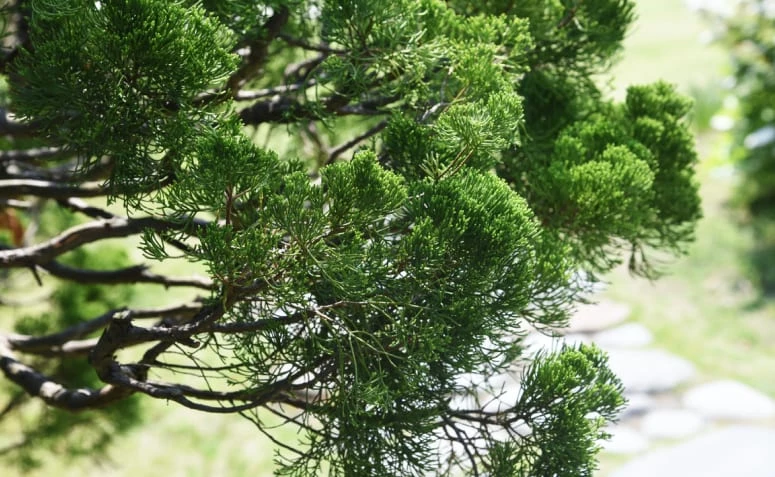
Scientific name Juniperus chinensis torulosa kaizuka is a plant originally from Asia, but which has won the hearts of the whole world because of its looks. Being a perennial, its life cycle can last for decades, and its growth is slow and steady. Want to know more about this landscape design darling? Keep reading this post!
See_also: 21 trees for the sidewalk: how to plant without fear of damaging your space40 kaizuka pictures for you to get inspired
If among so many beautiful plants that exist, kaizuka has not yet caught your attention, the list of photos below will make you review your concepts... Check it out:
1. kaizukas often appear in beautiful landscape designs

2. standing out for its beauty

3. they are good options for those who do not want to do much maintenance

4. since they do not require frequent pruning

5. they are widely used in house fronts

6. near the entrance door

7. but they also do well in other projects

8. as spaces near the pool
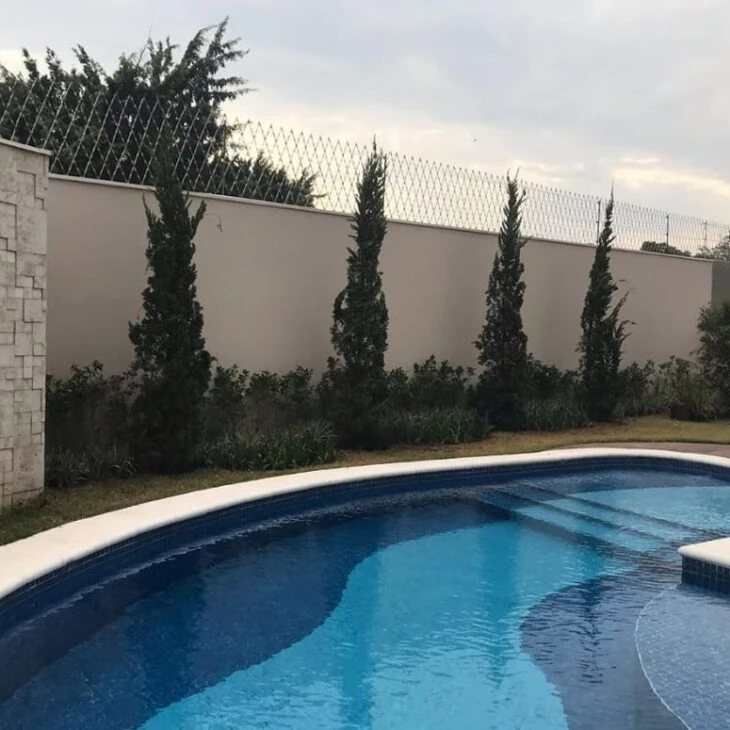
9. can be planted directly into the ground

10. or in pots
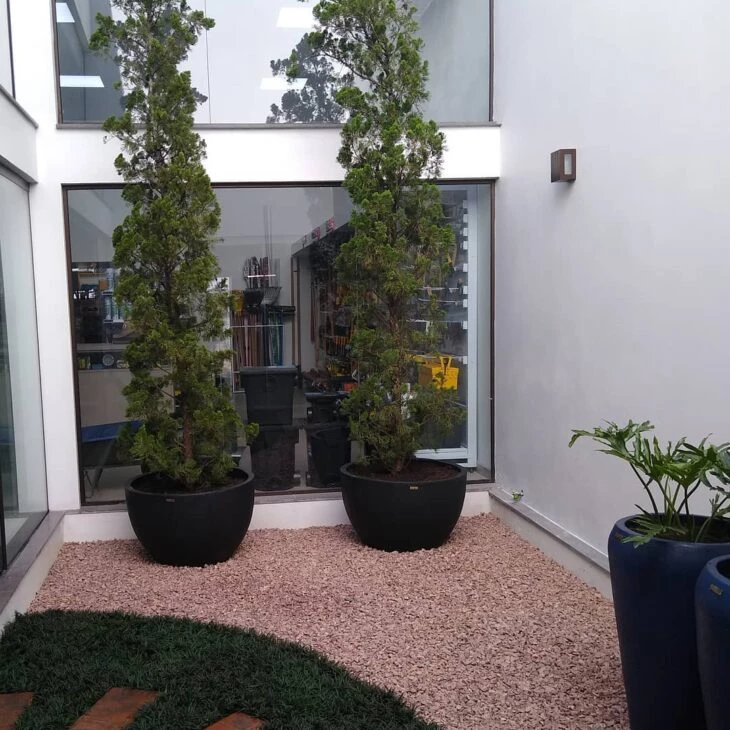
11. the plant has moderate growth

12. can reach a height of 6 meters
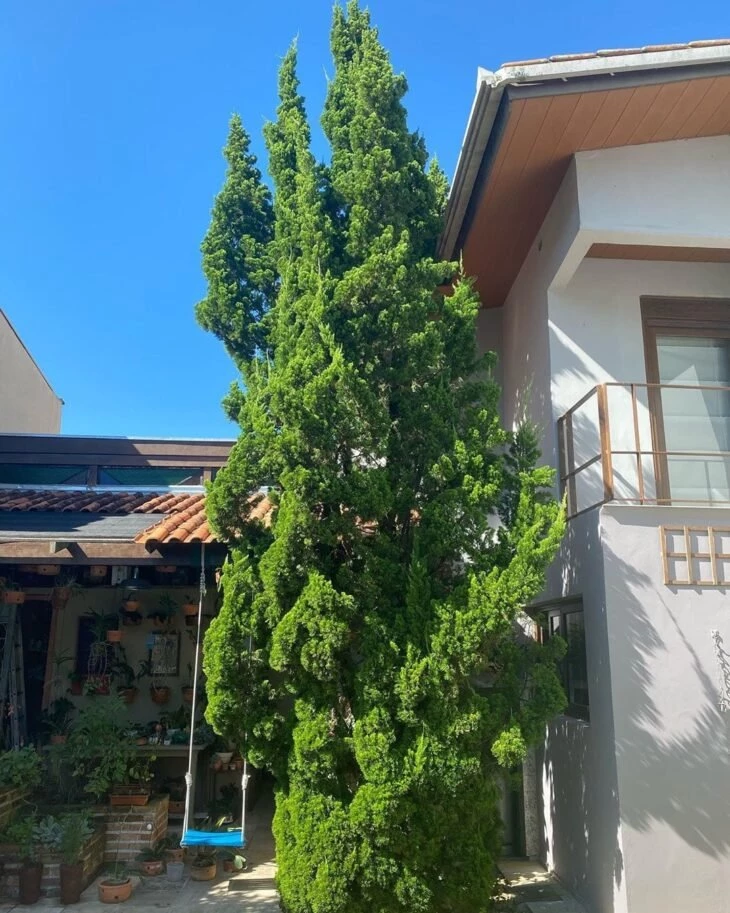
13. but if you prune it, it can get smaller
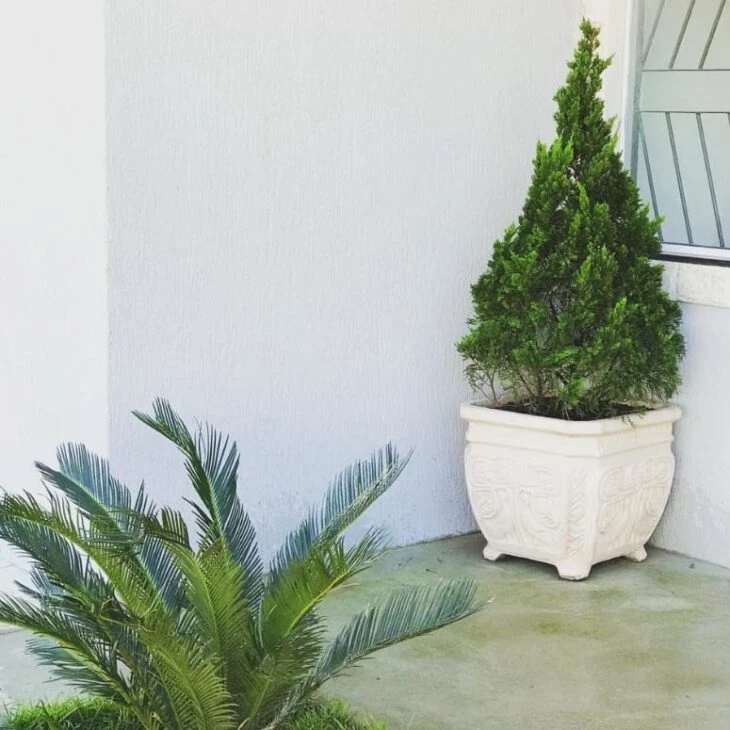
14. kaizuka is native to Asia

15. but it adapts well to the Brazilian climate

16. and can even be indoors
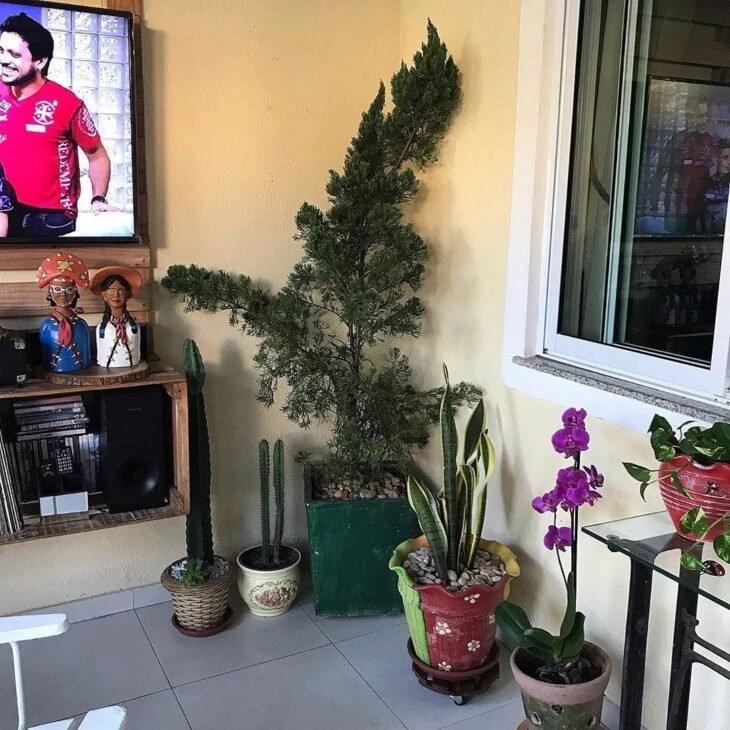
17. as long as it is in a very well lit space

18. kaizuka needs to receive sunshine after all

Its scientific name is Juniperus chinensis torulosa
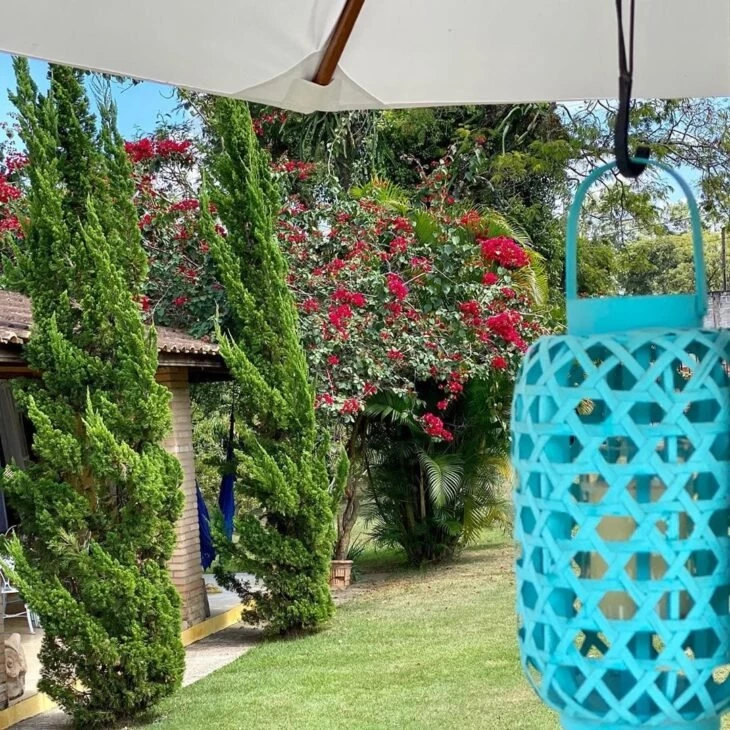
20. and the plant is also known by other names
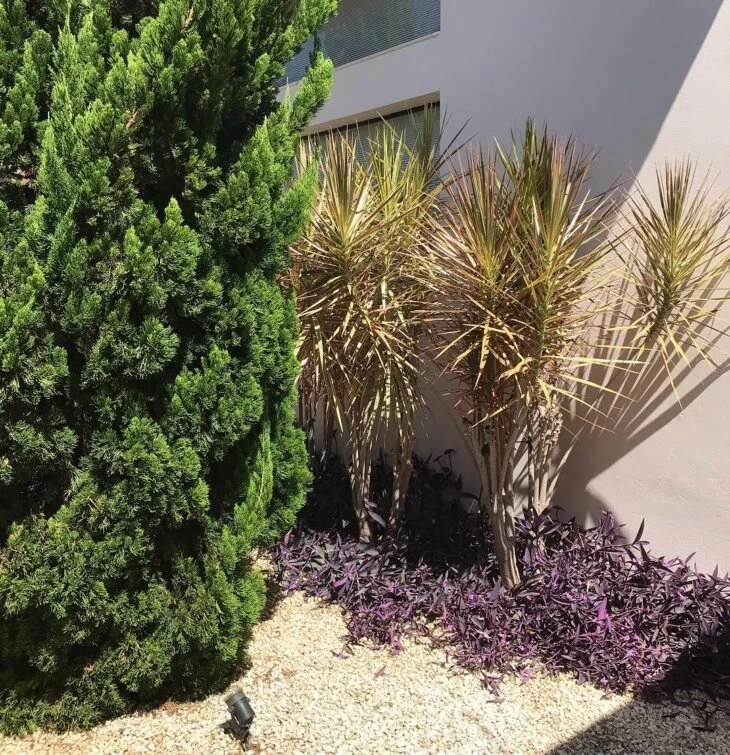
21. as kayzuka, cypress-kaizuka and Chinese juniper

22. it is very appreciated in bonsais

23. and the duo kaizuka and buxinho is successful in many projects

Curiosity: kaizuka, in Japanese, means "heap of shells".

25. and if you look closely, it reminds you of something from the sea, doesn't it?
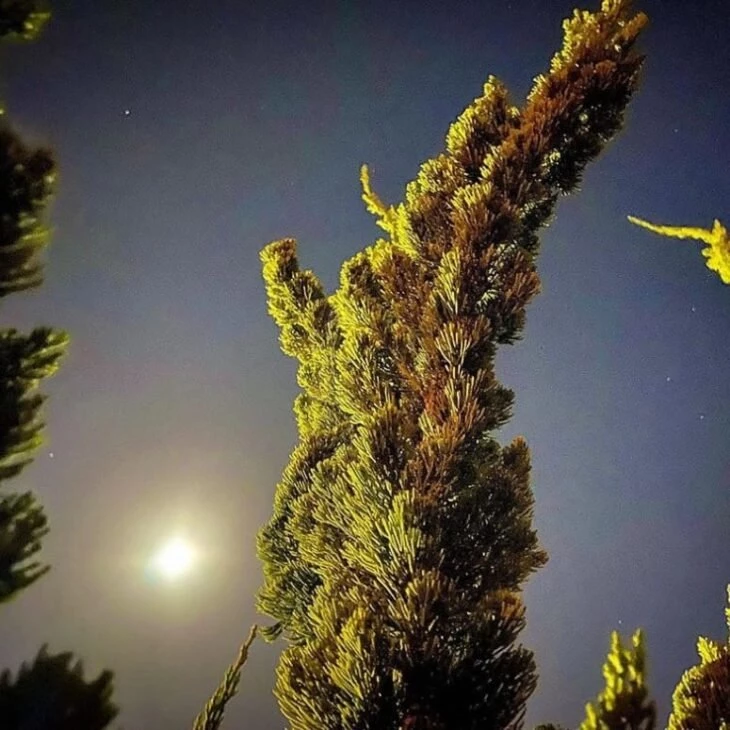
26. texture that enchants
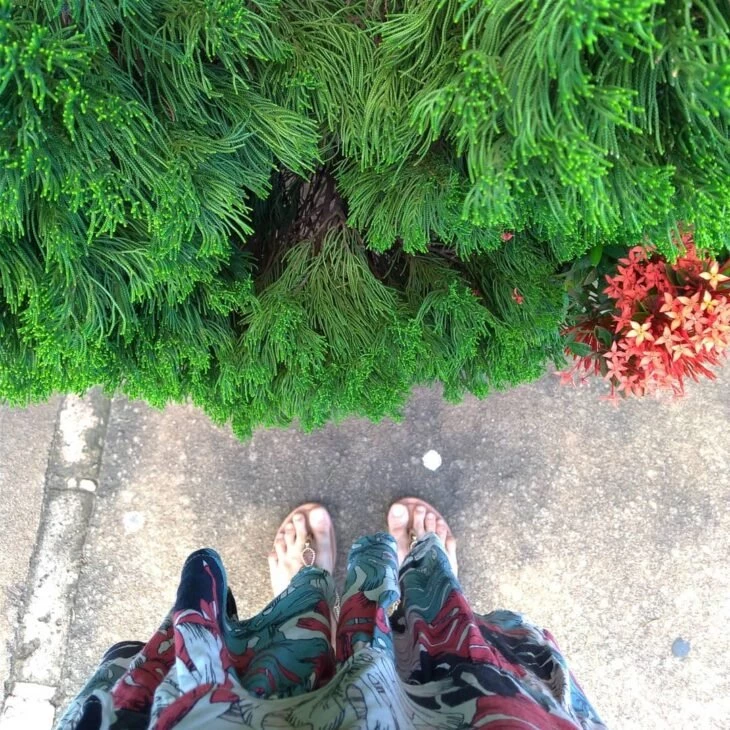
27. another combination that looks beautiful: kaizuka and pingo de ouro
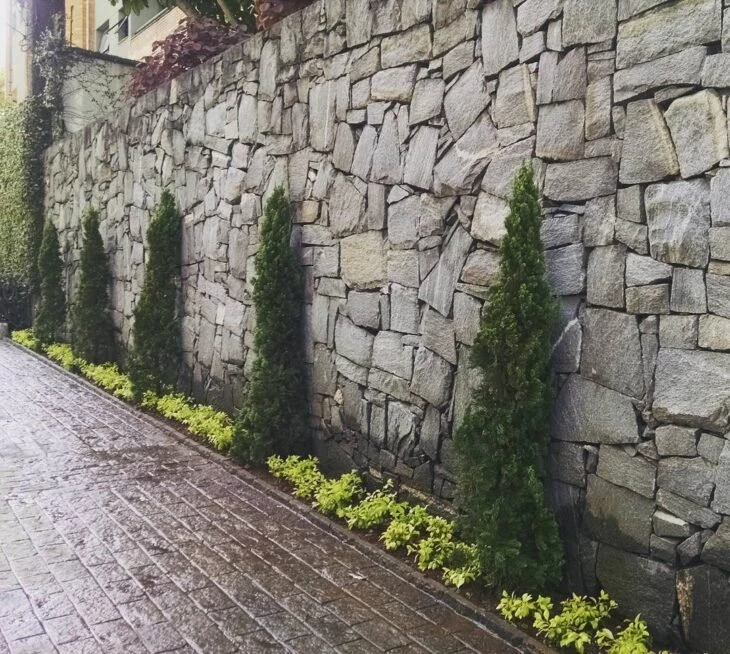
28. to highlight the beauty of the plants, it is worth using decorative stones
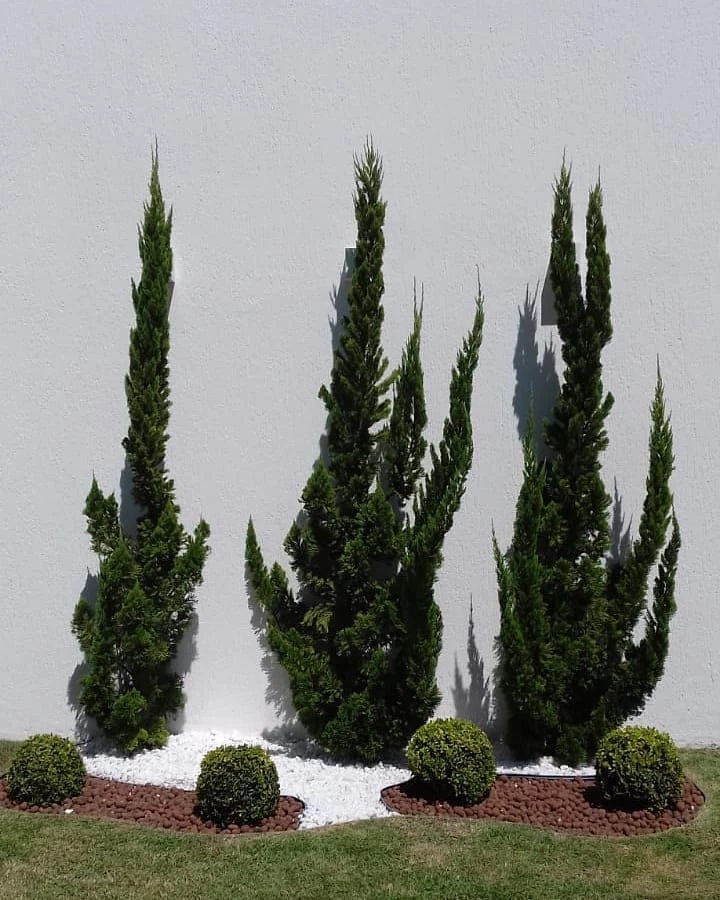
29. or beautiful colorful flowers

30. look at this stylish design

31. an idea for gardens is to combine plants of different heights

32. it has a beautiful effect

33 Here, kaizukas contrast with bromeliads and agave-palito

34. there is definitely no shortage of ideas with kaizukas

35. in whatever way

36. be in its free and natural form

37. or with small prunings

38. in a space inside the house

39. or in a big garden

40. kaizukas will win your heart!

You can find kaizukas in large florists and garden centers, but you can also ask local landscapers for advice!
See_also: Armless sofa: optimize your space with 60 cozy modelsEverything you need to know about kaizukas
Now that you have discovered all the beauty of kaizukas, it is time to take good care of them:
How to care for
- Watering: Watering should be moderate, with a minimum frequency of once a week in the colder months, and between 2 and 4 times a week in the warmer months, with enough water to be slightly damp. Avoid soaking the soil.
- Sun: kaizuka should be given full sun daily, but accepts weak sun or partial shade well. It does not tolerate dark indoors. To grow in gardens, plant in hedges or borders.
- Fertilizer: the ideal is to plant with compost already fertilized, such as black soil or soil mixed with worm humus or other fertilizer of your choice, respecting the dose indicated on the fertilizer label.
How to prune kaizuka
The kaizuka should be pruned cleanly. Using clean, sharp pruning shears, remove the dry branches and leaves. Avoid cutting the plant's apex - the central branch, which grows upwards - as this encourages reduced growth: the plant will become lower and wider, losing the expected vertical visual aspect. Avoid pruning at full moon and during the hottest months of the year.
Kaizuka in pots
For growing in pots, choose a larger size and depth than the pot that comes with the plant. The deeper it is, the better for the roots, and make sure the pot is stable so it doesn't fall over in the wind.
If you choose a clay or ceramic pot, remember to always over-water, since the walls are porous and "steal" some of the water. The pot must have at least one hole at the bottom, thus facilitating the drainage of the water and providing healthy and vigorous roots.
Yellowish Kaizuka: what to do?
Your plant has a different color and you think it is sick or dying? kaizuka can turn yellow for 3 reasons: too much water, lack of nutrients such as nitrogen or when it is in cold weather, going through the natural transition process. After identifying which phenomenon is happening, it is possible to adjust the management and wait for the regeneration of the plant. The sooner it is identified,the greater the chances of recovery.
It is always good to know more about nature and to bring greenery closer to our homes, isn't it? Take the opportunity to check out tips for living room plants and see ways to decorate naturally.


